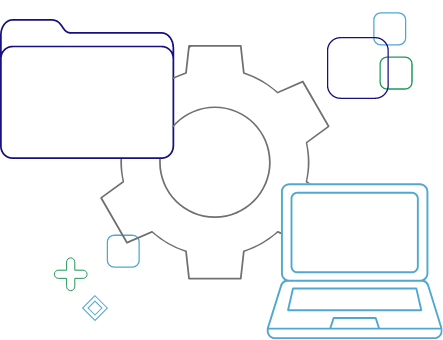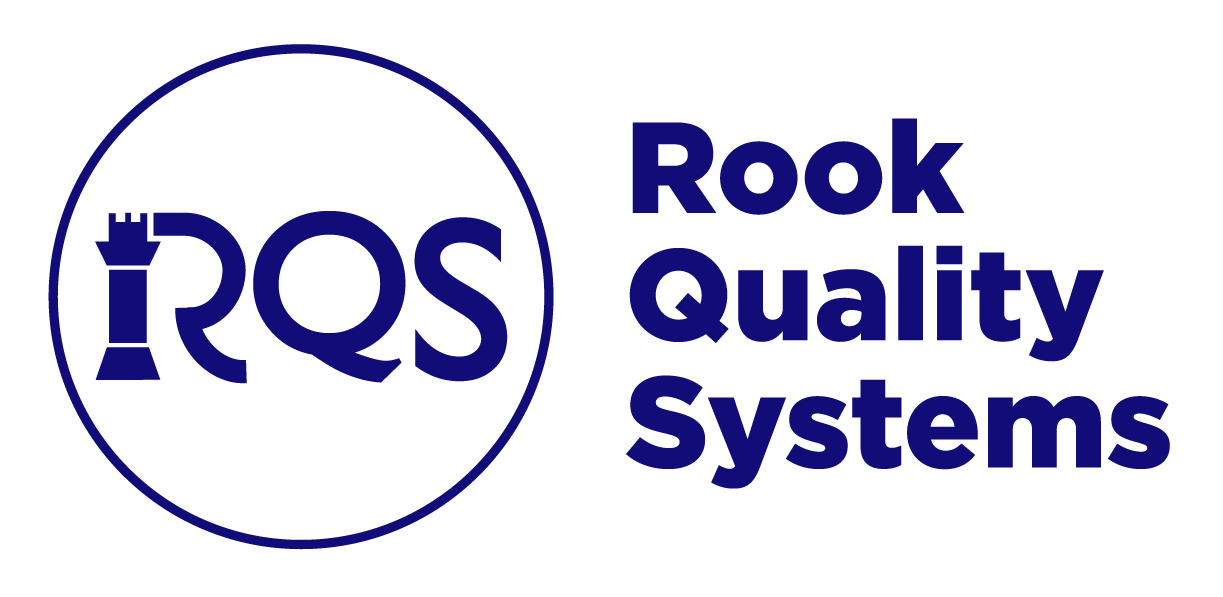Medical Software Development in Agile

Premise
A Boston Consulting Group-backed venture reached out to RookQS in 2017 to discuss the need to optimize their Agile process to satisfy the regulatory requirements for commercializing their software as a medical device in the United States.
Their product is a companion mobile application which allows epilepsy patients to connect with their provider throughout their care continuum. Patients can report their episodic information, medication titration, compliance records, etc. Providers can review the patient reporting from a web application and notify/alert patients if certain actions are required.
The client has an in-house development team consisting of Product Manager, Scrum Master, Software Architecture, UI/UX, Software DevOps, Software Engineers. They follow a test-driven-development methodology in Agile fashion but have no exposure to regulations governing the commercialization of a medical device.
Scope of Work
In addition to developing their quality management systems, the company would like RookQS to optimize their Agile practices to align with QMS requirements and IEC 62304 Software Life Cycle practices. The client found the software design artifacts (e.g., records on JIRA) very difficult to translate to regulatory-facing documents because of the knowledge and expectation gap between the software development and regulatory/quality teams.
Engagement
RookQS gave a hands-on training on Medical Device Software Agile Development Process. The objective of the training was twofold: (1) Map the Agile Dev Process Model to the Medical Device Lifecycle Model defined in IEC 62304 to ensure that alignment is clear, and (2) Give the software development exposure to the quality systems processes, and explain best practices to streamline the documentation and communication process between the software development and the QA/RA teams.
RookQS then joined the Scrum meetings and observed several Sprints. During the retrospective, we provided feedback on the potential gaps to meet regulatory requirements based on the existing Agile process (e.g., risk management not conducted throughout the product life cycle; the challenges of translating user stories to requirement definitions; inadequate change, configuration, and release management practices; certain records or meeting minutes not kept during Agile meetings).
RookQS was also given access to JIRA, where we observed and provided recommendations on configuration of issue setup, workflow, third-party tool integration, etc. RookQS also built working instructions that describe the processes of utilizing the configured JIRA to continuously update design, implementation, issue tracking, and release information on the company QMS. In addition, RookQS provided the validation services of JIRA on behalf of the client.
Outcome
The client’s software development team followed RookQS’ recommendations and implemented process enhancements/practices to demonstrate conformance to regulatory requirements. For the first few Sprints and first product release, RookQS led all technical documentations development and review interactively with the Software Development and QA/RA teams. RookQS transitioned to more of a liaison role between Software Development and the QA/RA teams in later Sprints.
The client was able to obtain 13485 certification, and ultimately received clearance to commercialize their SaMD in the US.
